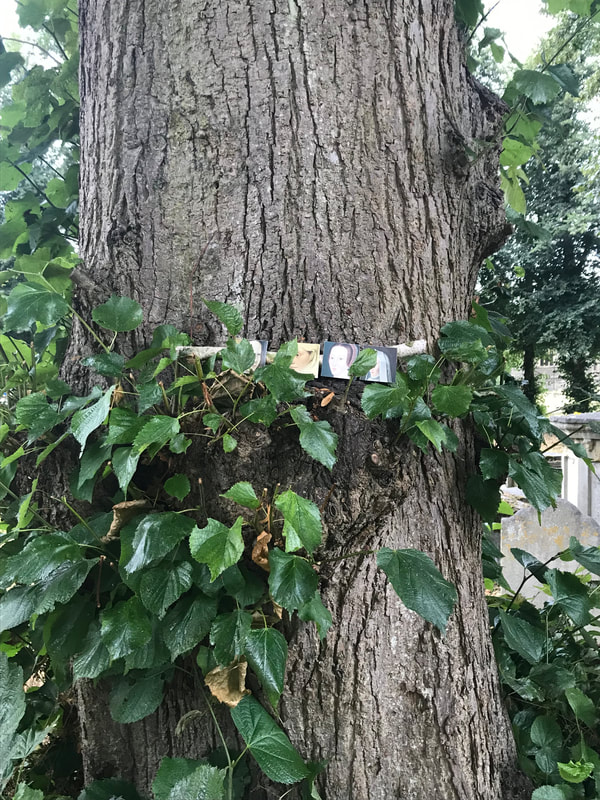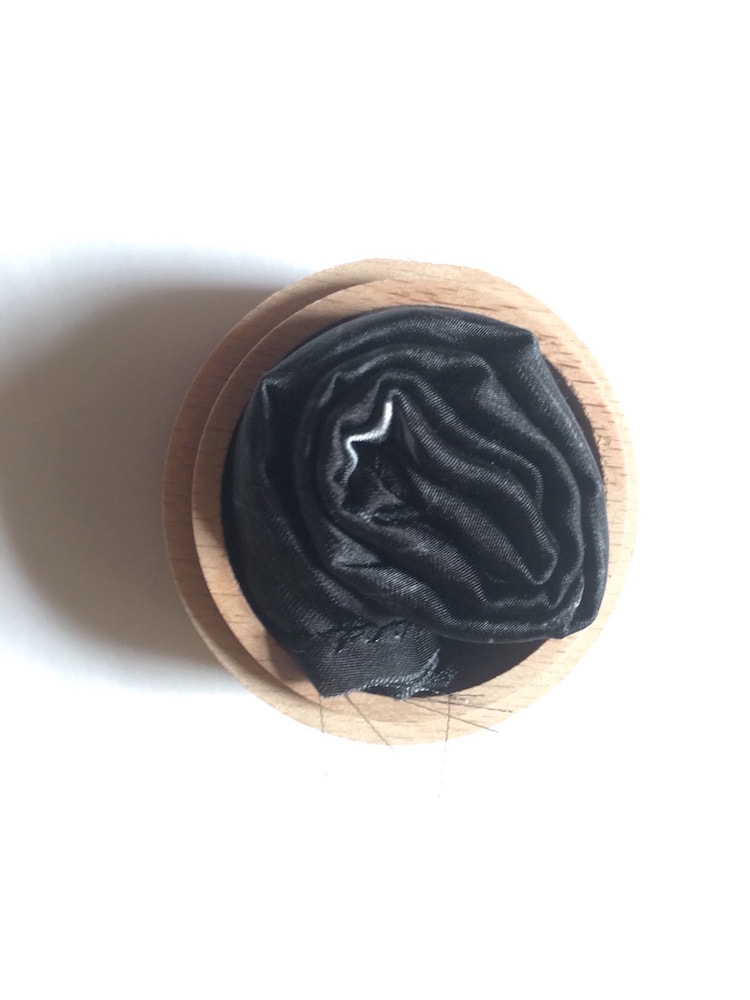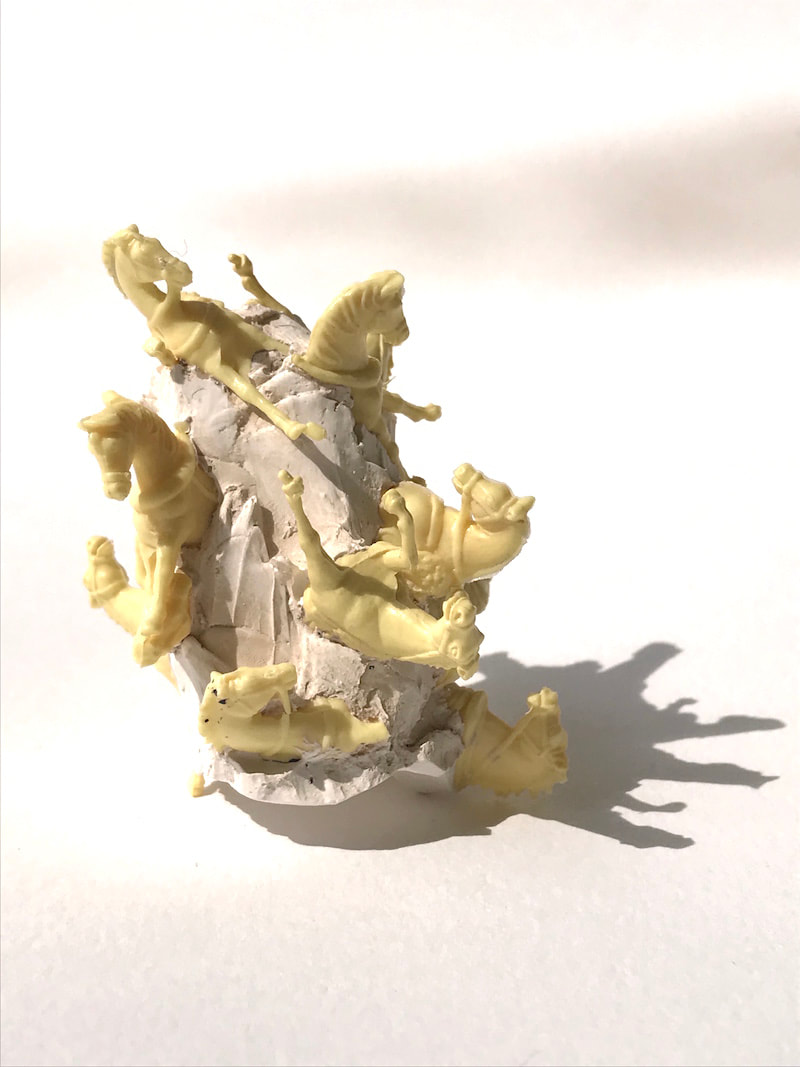|
Yesterday the last artwork for groving was placed in Looms Lane in Bury St Edmunds and the project comes to an end. Happily, the blog remains with all the 17 works documented, along with the written responses. Huge thanks are due to all the artists and writers who have contributed, for their generosity in giving freely their work for others to enjoy and collect. On 22 September sculptor Irene Pérez Hernández arrives for the second grove residency of 2019. Irene will be working at the house, studio and garden for a week and new ideas and work will be shared at a public event 15.30 - 17.30 on Saturday 28 September. Early ideas for the week build on Irene's interest in architecture, specifically here, in the centrality of geometry to the construction of medieval European houses of worship. The Eternal Pendulum, Irene Pérez Hernández, research for grove residency
3 Comments
This morning Jacquie Campbell announced a micro nature reserve in Looms Lane, prompting a response from poet Phil Barrett and Astra Papachristodoulou. I see a voice A mouthpiece, a chink, an aperture, a hole in air, a hole in the wall; Let’s get some cash out and leave a note – an IOU – or put something in – a message in a bottle (if only to ourselves) – in this small hideaway, this little hidey-hole, a crucible for making lead into gold. A brick house, a round arch, a circular hole, a wheel of fortune. Let’s spell it out – there’s nowhere left for us to go, and nowhere too small for a nature reserve, a concept – considered or ill-conceived – concealed in this last remaining hole. Are we big enough to take it on? A smaller world that doesn’t exist yet, but will – and they don’t come much smaller than this. Small enough to create its own horizons, and close enough to look over or through. (But what’s on the other side?) Does it matter? Does any hole make a home? (Except for you or me, for whom time is running out – We’re running-out of homes!) Key stories, key facts, key words, key holes, key stones, not a place to live in; a bee house, or bee hive, a Borrowers’ hideaway, a place to grow up in, a gap between two holes or two worlds. With a ring for the finger, a ball for a toe, and we shall have music where ever we go; the soundtrack for a broken world, a world divided into two; as re-inventing the wheel, round and round we go – the wheels on the bus; the wheels of the world, a whole world, or a world in a hole, a hole in one, symbolising a beginning or an end, a new horizon. A space or a ship, a clean sheet or a clean shirt – the shirt off our backs – but where to now? Where do we go? The down-ward spiral or slide, like a rolling stone. A deep place or space, or a shallow hole, a natural place to hide in, a peep or pin or loop hole, a place to hideout or a place to let go – on the way to somewhere else, with somewhere else still to go. In or out, two sides of a gap between two holes. So, where to next? – we’ve got (a lot) to learn, about making holes – and can’t conceive of the consequences of such a world, where the inhabitants have had to leave, have all flown, leaving an empty seedpod or shell, like an open door; a conker, or canker, or this fallen apple, without a core. Phil Barrett mosaico brickwork brickwork bend nestle - mend around the curves it seeks refuge Astra Papachritodoulou Jacquie Campbell As someone who is simultaneously baffled and fascinated by the everyday world, my art practice allows me to explore the questions that niggle at the back of my mind. Often these questions focus on the entanglement of people, process and place.
Recently I’ve become absorbed with those overlooked and often fleeting, opportunistic habitats that open up in the cracks and detritus of our built surroundings. How might a passer-by be invited to experience and get to know these hidden places and processes? Would a different way of knowing our surroundings open up new and playful environmental thinking? For more details see www.jaccampbell.com Instagram @jaccampbellrojo Twitter @RojoArtists Phil Barrett taught art for 27 years, then retired to his home county of Norfolk where he concentrates on writing. He teaches creative writing, in schools and libraries across North Norfolk. He has won prizes and commendations in national competitions, and has been published in anthologies including In Protest: 150 poems for Human Rights (2013), Word Aid Anthologies Did I Tell You? (2010), and Not Only The Dark (2011), the Ink, Sweat and Tears webzine, and Poems in the Waiting Room in 2016 and 2019. In January 2017 he published a book of poems, Writing Me, about growing-up. Astra Papachristodoulou, artist and poet, is a recent graduate from the MA Creative Writing (Poetic Practice) at Royal Holloway. She has read at poetry events including the European Poetry Festival and The Enemies Project. Her poetry has appeared in small magazines and anthologies including The Tangerine, Eborakon Journal and 3:am Magazine. Astra delivers experimental poetry workshops at the University for the Creative Arts and freelances for the Poetry Society. She won the Pebeo Mixed Media Art Prize in 2016, and her visual work has been showcased at contemporary art exhibitions including the National Poetry Library (Southbank Centre) and the Museum of Futures in London. Today we have a multiple of four exquisite works by Sarah Sabin, which have been placed in The Great Churchyard, amongst the trees, gravestones and monuments. Words in response are by Sue Burge. Imperative twist the pale lid – an anti-clockwise moon unfurl the tight spiral of fine weave use your unpricked fingertips to trace each careful silk-sewn ridge wind the ashes of a small and fineboned thing you didn’t mean to kill into the cloth’s dark heart twist the pale lid – a clockwise moon suspend your disbelief for seven days press your ear to the light tight grain listen for a quiet and forgiving flutter a ready steady beat turn and release Sue Burge Sarah Sabin is an artist and educator living and working in Colchester. My work has been concerned for a number of years with 'digging about under the surface.' I interpret and reimagine places and their histories, through making, public participation, and site specific projects. I use a wide range of media in two and three dimensions. I don't like to pin myself down to a particular material, often choosing what feels to me, most appropriate or with a connection to a particular site.
Sarah studied BA Fine Art at Sunderland University and has an MA fine art at NUA - Norwich university of the Arts. Previous Commissions, exhibitions and residencies include Firstsite, Colchester; the Foundling Museum, London; UCL institute of archaeology;, and a grove residency. She is currently working on a public realm architectural intervention. See www.sarahsabin.co.uk Sue Burge is a North Norfolk based poet and freelance tutor in creative writing and film studies. Her first collection In the Kingdom of Shadows was published in 2018 alongside her debut pamphlet Lumiere. For more information go to www.sueburge.uk Since 20 August, 15 specially commissioned artworks have been placed on the streets and in the parks of Bury St Edmunds. Some have been found and taken home to be treasured, others are still to be claimed. X marks the places where artworks have been left.
Deborah Pipe's second horse and clay sculpture has found a niche in the abbey ruins in Bury St Edmunds. Two responses have been written, by Astra Papachristodoulou and Amilia Graham. I Predicted Both Out of rubble stones turn into tableaux- The horses were rising A horde of limbs recast as a unified body. Anthem for a new form. Amilia Graham metamorphoses moving sand horses caught in moving land moment to moment lands caught in manic rage of moving lands moondrifts the horses moonshines the sand concrete sand-drifts creating momentum Astra Papachristodoulou Deborah Pipe focuses on the dynamics of clay and considering the responsiveness and tactile opportunities of other 3D materials. She is currently investigating the often grotesque images and marginalia found in early manuscripts and in architectural features. After a career working in mental health services she is highly conscious of art as a media for social change and a form of self-expression and healing. The multi-disciplinary and responsive nature of groving and opportunity to make social comment made the invitation to join this project particularly attractive and exciting.
Amilia Graham is interested in the way capitalism informs relationships between humans and nature. She works across all different mediums, but is primarily drawn to time-based practices such as writing and film. Her research draws from psychoanalysis, film theory, feminism and Marxism. She has completed a foundation in art and design at Central St Martins and will soon begin a degree in fine art and history of art at Goldsmiths. See www.amiliagraham.uk and Twitter @AmiliaGraham Astra Papachristodoulou, artist and poet, is a recent graduate from the MA Creative Writing (Poetic Practice) at Royal Holloway. She has read at poetry events including the European Poetry Festival and The Enemies Project. Her poetry has appeared in small magazines and anthologies including The Tangerine, Eborakon Journal and 3:am Magazine. Astra delivers experimental poetry workshops at the University for the Creative Arts and freelances for the Poetry Society. She won the Pebeo Mixed Media Art Prize in 2016, and her visual work has been showcased at contemporary art exhibitions including the National Poetry Library (Southbank Centre) and the Museum of Futures in London. |
Barbara DouganI am an artist and the curator for grove and groving. This blog is groving online, and records the artworks placed on the streets of Bury St Edmunds along with responses to the work by commissioned writers. Archives
September 2023
Categories |
Proudly powered by Weebly














 RSS Feed
RSS Feed